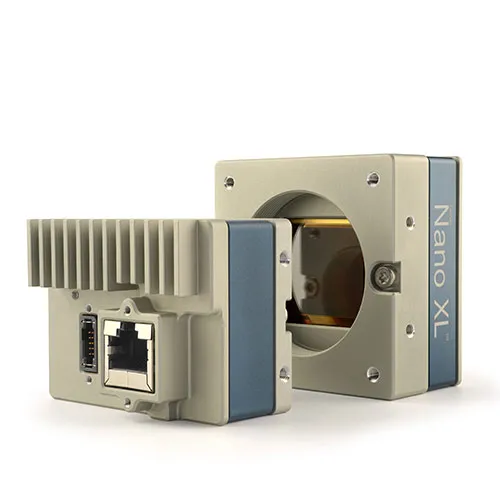
Teledyne Dalsa says that its new Genie Nano 5GigE M/C8100, M/C5400 and M/C4500 cameras are easy-to-use GigE Vision interfaces.
They are based on the ON Semiconductor 45M, 30M and 20M monochrome and colour sensors and are specifically engineered for ITS and other applications requiring high-speed data capture and transfers.
The company says that the cameras take advantage of the new XGS sensor family which replaces the discontinued ON Semiconductor high-resolution KAI CCD sensors.
“The new ON Semi XGS 45M global shutter CMOS image sensor provides excellent performance and image quality for high-end optical inspection,” said Manny Romero, senior product manager.
“With the addition of our highest resolution Nano 5G models, we offer a variety of resolutions ranging from 3.2 MP to 45 MP."
With Teledyne'sTurboDrive technology, the new Genie Nano 5G 45M camera can achieve full resolution image transfer at up to 15 fps.
Coupling a compact 59mm x 59mm form factor, and a transition from 1GigE Vision to 5GigE Vision without the need for software changes, the new models offer system designers an easy integration path to extend the life of an existing vision system.
Of the six new models, the 45M 5GigE Vision camera is the smallest on the market, says the company.
The models have Trigger-to-Image Reliability (T2IR) framework to improve the reliability of an inspection system and protect from data-loss. They are housed in an all-metal body and come with a three-year warranty.









